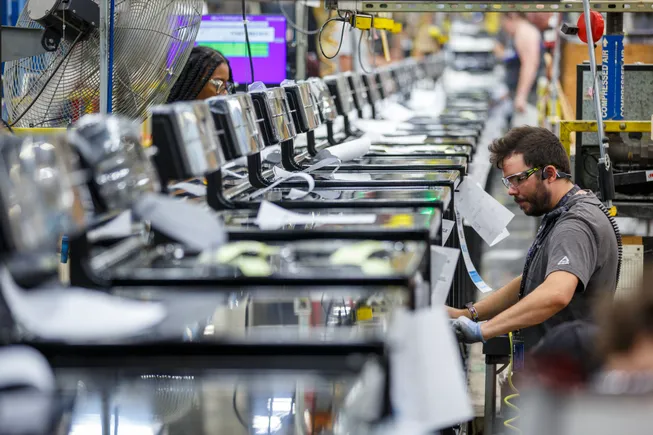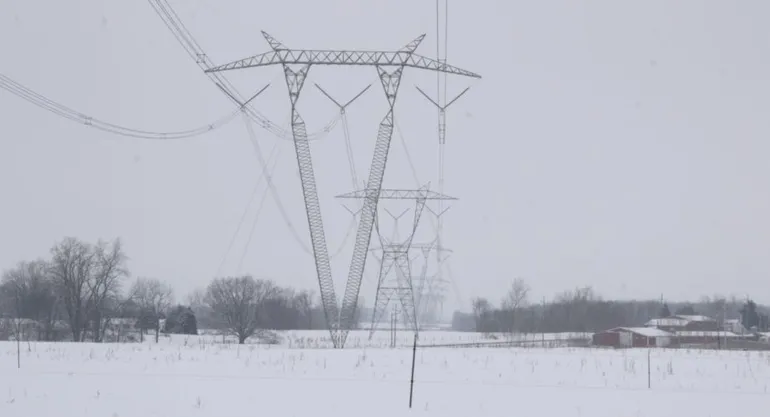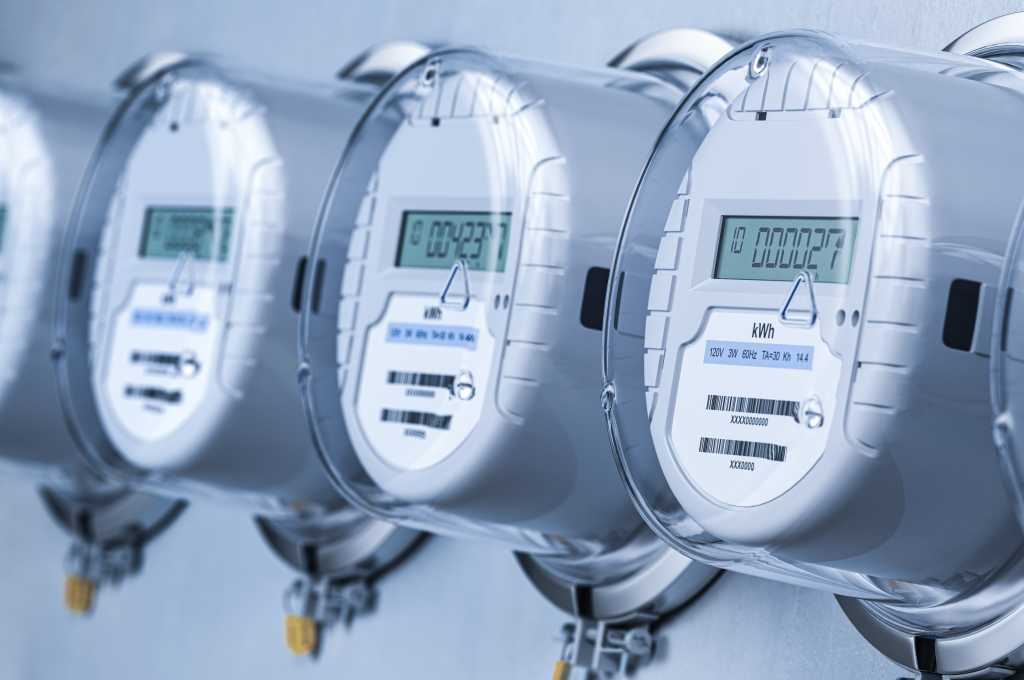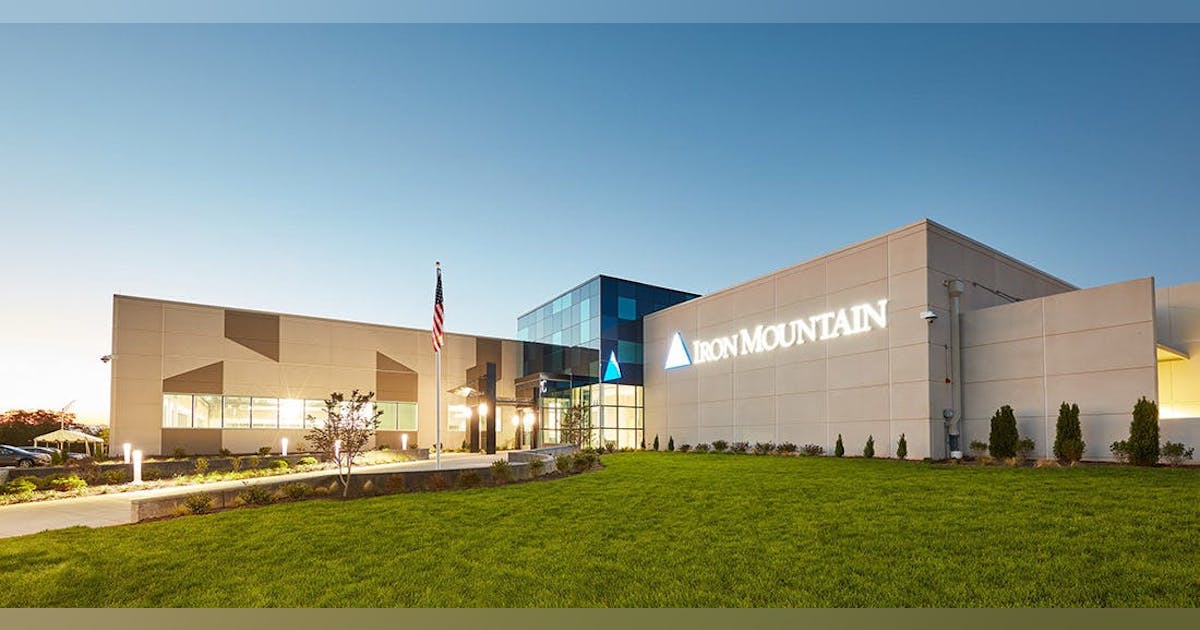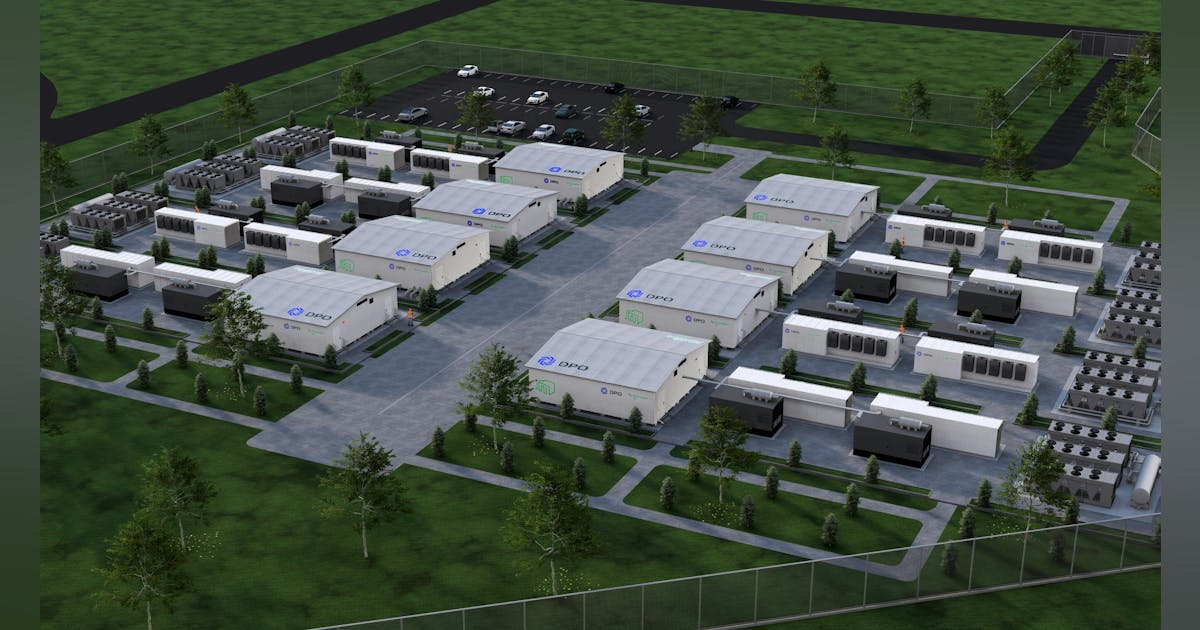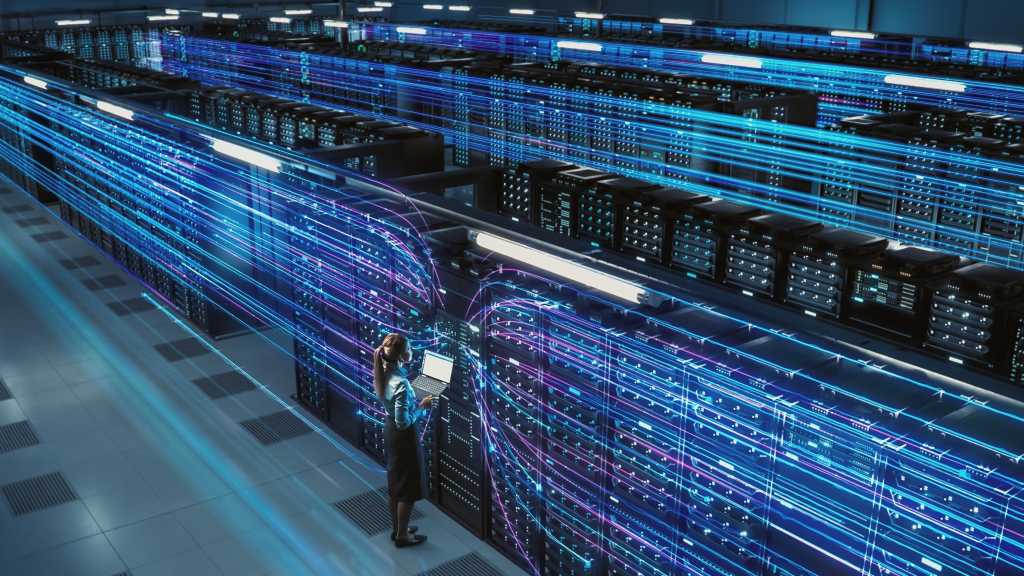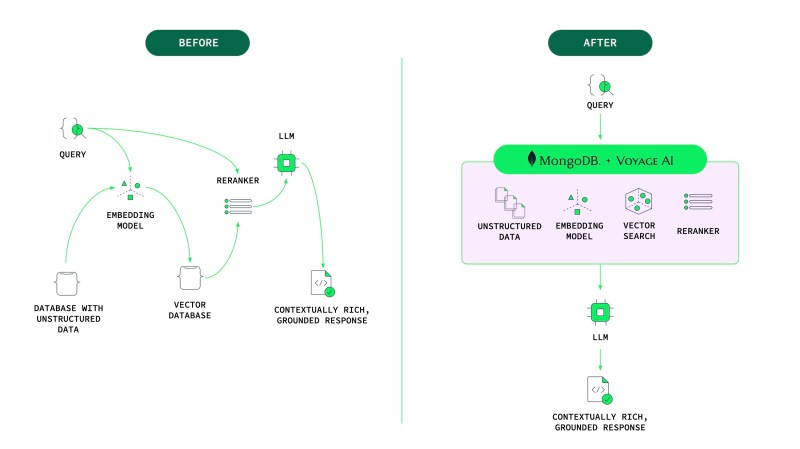
Estimated resource volumes on the Norwegian continental shelf rose 36 million standard cubic meters of oil equivalent (scmoe) to 15.61 billion scmoe – before accounting for production – as of year-end 2024, Norway’s upstream regulator has reported.
The total figure consisted of 8.73 billion scmoe produced, 2.26 billion scmoe of reserves, 651 million scmoe of contingent resources in fields, 472 million scmoe of contingent resources in discoveries and 3.5 billion scmoe of undiscovered resources.
The produced volume rose 239 million scmoe from 2023, while reserves dropped 205 million scmoe. Total contingent resources fell 17 million scmoe against 2023. Undiscovered resources climbed 20 million scmoe against 2023.
The increase in undiscovered resources came from opened areas, with no change in undiscovered resources in unopened areas. “This change results from a reduction in undiscovered resources in the North Sea, coupled with increases in the Barents Sea and in the Norwegian Sea”, the Directorate said.
“Large areas in the Barents Sea have yet to be opened for petroleum activity, and this is where the greatest expected value for undiscovered resources can be found”, it noted.
In terms of the kind of resources, undiscovered volumes in 2024 “show a decrease in the volume of liquids and an increase in natural gas volume”, the Directorate said. “Overall, this yields a minor increase in the overall volume of undiscovered resources. This marks a shift from previous years when the volume of undiscovered resources began decreasing from 2018”.
For discovered resources, “liquids have remained unchanged since 2022, while there is still growth in discovered resources for natural gas”, it reported.
The Norwegian side of the North Sea had 370 million scmoe of undiscovered liquids as of 2024, all from opened areas. Undiscovered gas in the area totaled 205 million scmoe, all from opened areas.
In the Norwegian Sea, undiscovered liquids were 170 million scmoe as of 2024, all from unopened areas. Undiscovered gas was 70 million scmoe, from unopened areas.
In the Norwegian sector of the Barents Sea, undiscovered liquids totaled 675 million scmoe as of 2024, from unopened areas. Undiscovered gas was 490 million scmoe, from unopened areas.
Oil reserves across Norwegian waters stood at 858 million scm as of December 2024, while that of gas landed at 1.26 trillion scm. Contingent oil in fields and discoveries was 325 million scm and 221 million scm respectively. Contingent gas in fields and discoveries was 294 billion scm and 230 billion scm respectively.
“There is more uncertainty associated with undiscovered and contingent resources than reserves”, the Directorate said. “These uncertainties include e.g. geology, technology and economics. The uncertainty in the estimates declines as the resources become more mature”.
“In the North Sea, where the industry has been active the longest, the majority of the resources are defined as reserves”, it said. “59 percent of the remaining resources in the North Sea are classified as reserves, where the distribution between liquids and natural gas is approximately equal.
“In the Norwegian Sea, reserves account for 31 percent of the remaining total resources, where natural gas forms the largest part. The undiscovered resources make up the largest share of the remaining resources with 56 percent”.
In the Barents Sea, “82 percent of the remaining liquids and natural gas resources in the unopened and opened areas in the Barents Sea are yet to be discovered”, the Directorate added.
To contact the author, email [email protected]
What do you think? We’d love to hear from you, join the conversation on the
Rigzone Energy Network.
The Rigzone Energy Network is a new social experience created for you and all energy professionals to Speak Up about our industry, share knowledge, connect with peers and industry insiders and engage in a professional community that will empower your career in energy.
MORE FROM THIS AUTHOR







